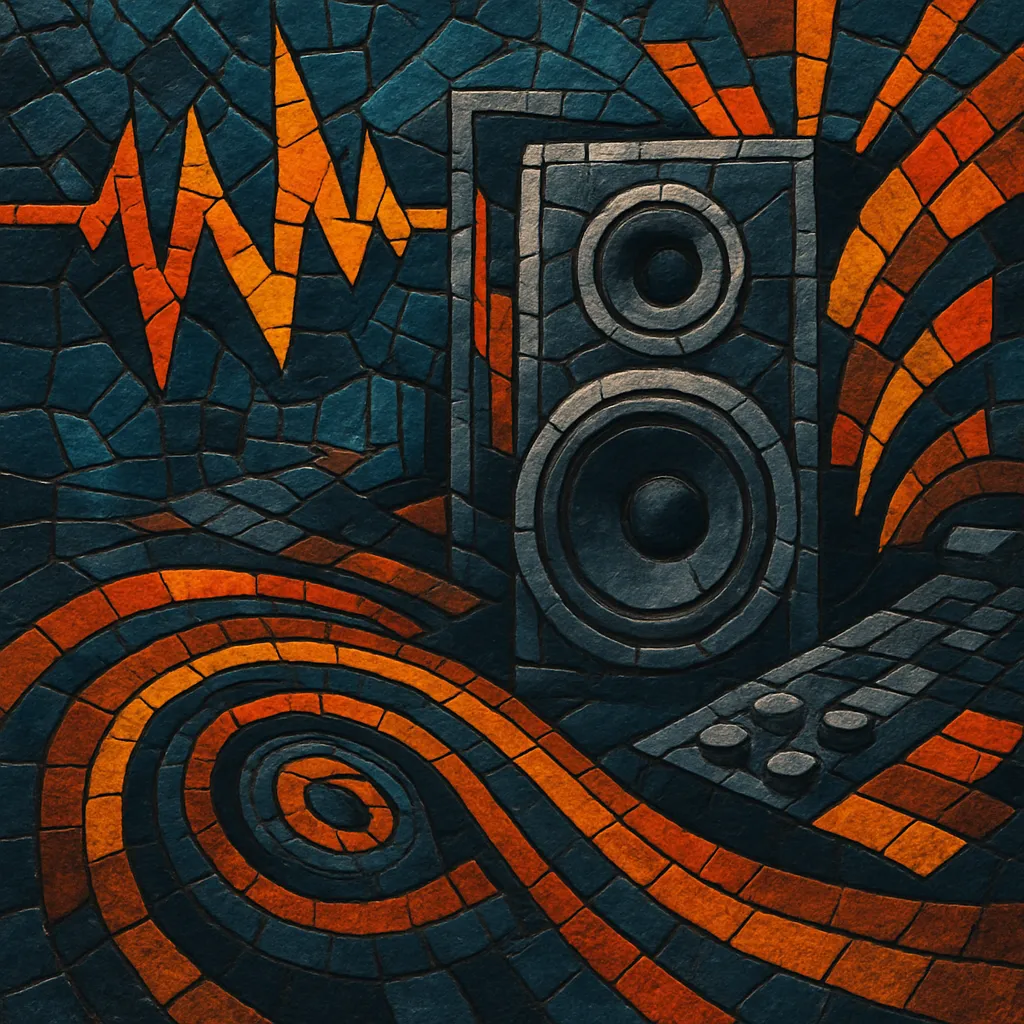Bass music is an umbrella term for a family of UK-born electronic styles that foreground powerful low-end frequencies and broken, syncopated rhythms. Emerging in the late 2000s as the borders between dubstep, UK garage, grime, and drum & bass blurred, it emphasizes sub-bass design, percussive swing, and sound-system impact.
Rather than a single formula, bass music describes a fluid scene where producers pull from 2-step shuffle, jungle breakbeats, dub space, and house tempos to create tracks that are equally at home on underground dance floors and on headphones. Hallmarks include heavy mono sub at 40–60 Hz, half-time/ off-kilter grooves, skeletal arrangements, and judicious use of delay, reverb, and modulation.
Bass music coalesced in the United Kingdom in the late 2000s, when producers from dubstep, UK garage, grime, and drum & bass began cross-pollinating ideas. The energy of jungle and DnB, the shuffling swing of 2‑step garage, the cavernous space of dub, and the half‑time heft of dubstep converged around a shared priority: the sub‑bass.
As dubstep branched beyond its early templates, artists embraced broken rhythms, off‑grid percussion, and richer harmonic palettes. Labels and clubs in London and Bristol became hubs for experimentation, with producers reframing 140 BPM half‑time, housey 125–130 BPM rollers, and garage syncopation under a wider “bass music” banner.
Throughout the 2010s, bass music remained less a fixed genre than a shared aesthetic: sound‑system‑ready low end, minimal yet intricate drum programming, and a willingness to hybridize. It absorbed and informed strands such as future garage, bass house, wave, and chillstep, while maintaining ties to UK funky, grime, and breakbeat traditions.
By the mid‑2010s, its approach to sub‑bass, sound design, and swing had spread worldwide. Producers outside the UK adopted the methods—tight mono subs, side‑chained low end, LFO‑driven filter movement, and skeletal arrangement—embedding bass music’s DNA in contemporary club music.


